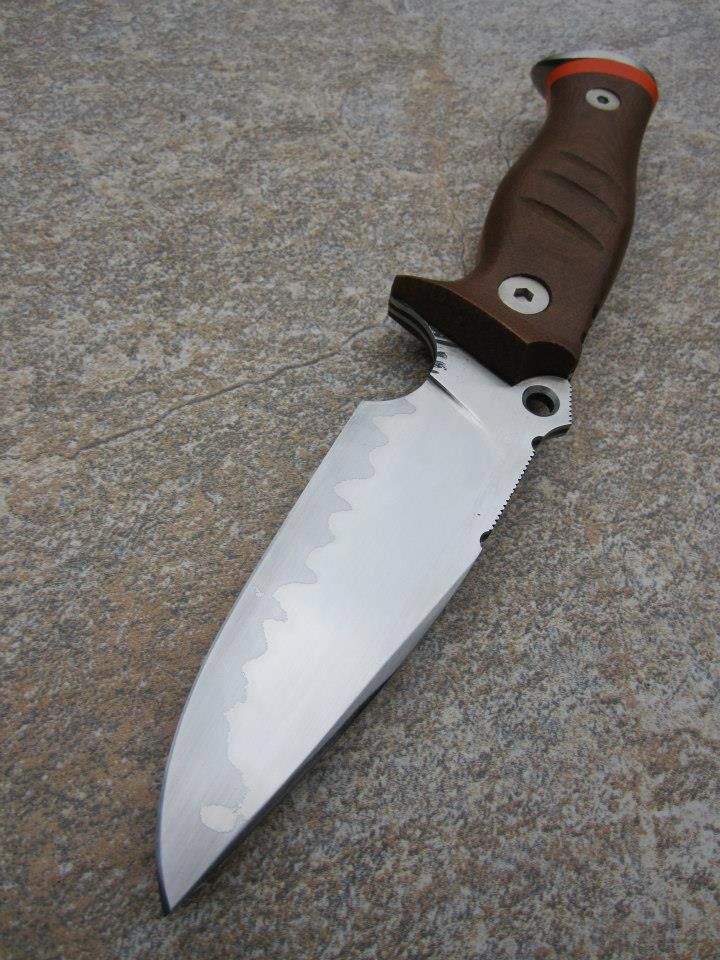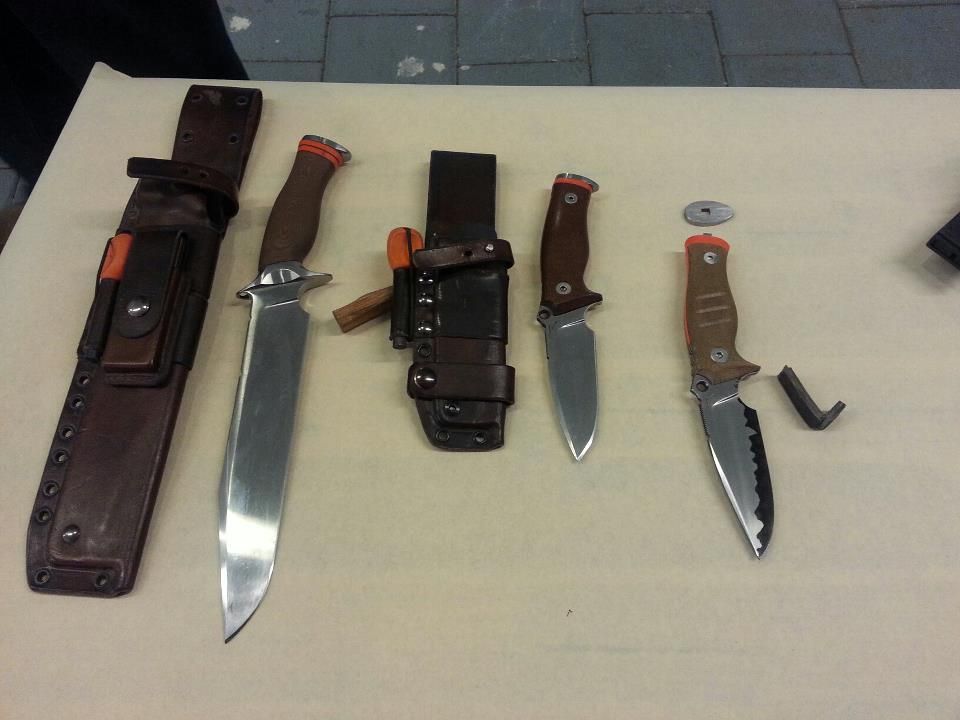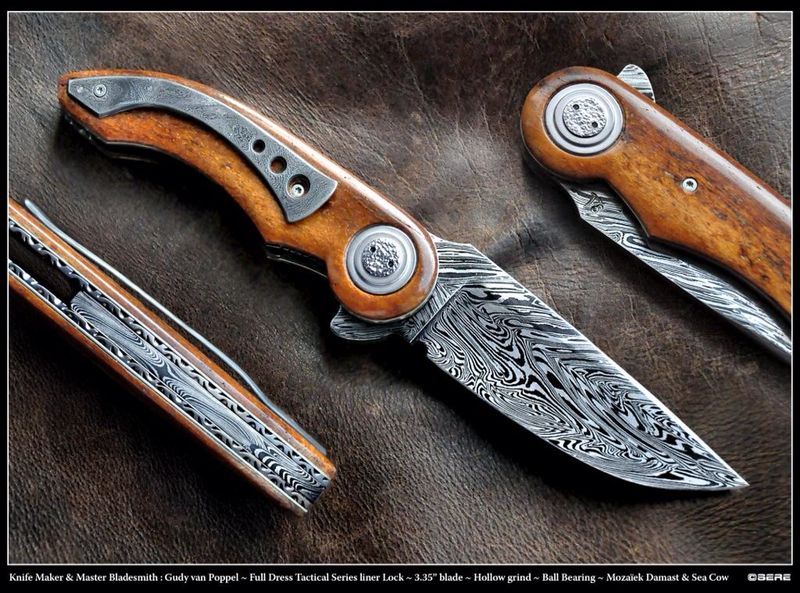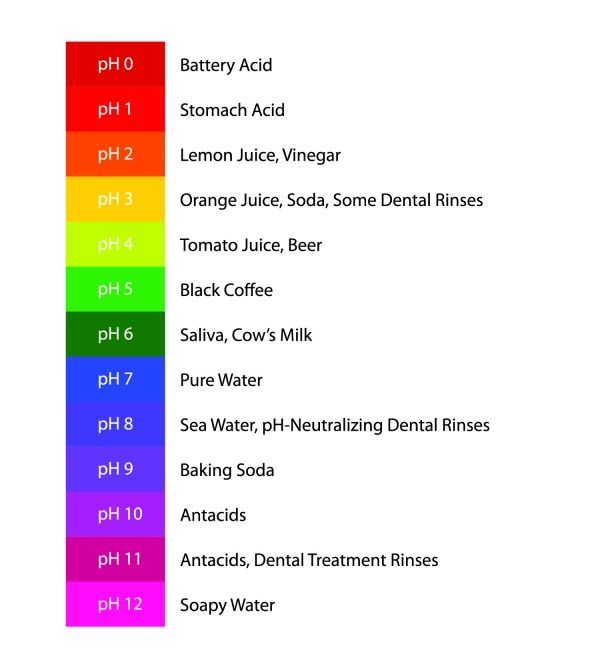On another forum I asked the question how I should etch a laminated carbon blade (plain laminate, no damascus). Apart from the “normal” answer, with ferric chloride, I also got another answer: strong coffee.
At first I though this was a joke. Then someone provided a pic of a knife etched with coffee. I then thought it was a sediment of the coffee on the knife that darkened the blade. But then more people chimed in, with pictures, and told me the color change was durable.
Here are some pics from that thread (knives by Toni Oostendorp/Guido van Poppel).
A knife etched with ferric chloride:

The same knife, but now etched with coffee (rightmost knife):

Another blade etched with coffee:

Does anyone have experience with this? And what happens here chemically? Is it etching what happens or something else?




